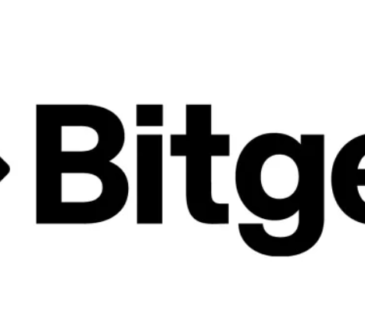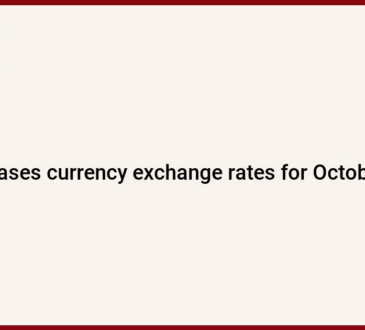What’s going on here?
Latin American currencies are getting a boost as prices surge for key exports like crude oil and copper, with Mexico, Colombia, and Chile seeing notable gains.
What does this mean?
With crude oil and copper prices on the rise, Latin American currencies are enjoying the benefits. Mexico’s peso bounced back 0.7% after previous dips, while Colombia’s currency ticked up 0.2% alongside climbing oil prices. Chile’s peso gained 0.3% as copper prices increased, and Peru’s sol also saw a slight 0.1% uplift. This scenario underscores the region’s reliance on commodity exports, which directly influence currency movements. On the other hand, Brazil’s currency experienced some volatility but remained largely stable. While the currency trends are mostly positive, regional stock performances were mixed: the MSCI index for Latin American currencies rose 0.4%, yet the stock index dipped 0.4% mainly due to a drop in Brazil’s Bovespa index, affected by declining iron ore prices.
Why should I care?
For markets: Commodity-driven currencies hold firm in uncertain times.
Rising commodity prices are strengthening Latin American currencies, though economic forecasts and political factors remain variables of uncertainty. The IMF has revised Brazil’s economic growth forecast upwards to 3%, yet has lowered Mexico’s outlook. Investors should brace for volatility in line with commodity trends and political developments, such as potential shifts in US leadership.
The bigger picture: Global events ripple through local economies.
Global economic changes are influencing Latin America’s future, with the IMF boosting the region’s 2024 growth forecast to 2.1%. Upcoming geopolitical events, like the BRICS summit, reflect the region’s evolving global engagements. These factors, alongside potential changes in US policies, are likely to impact trade and financial stability, highlighting the interconnectedness of global and regional economies.





